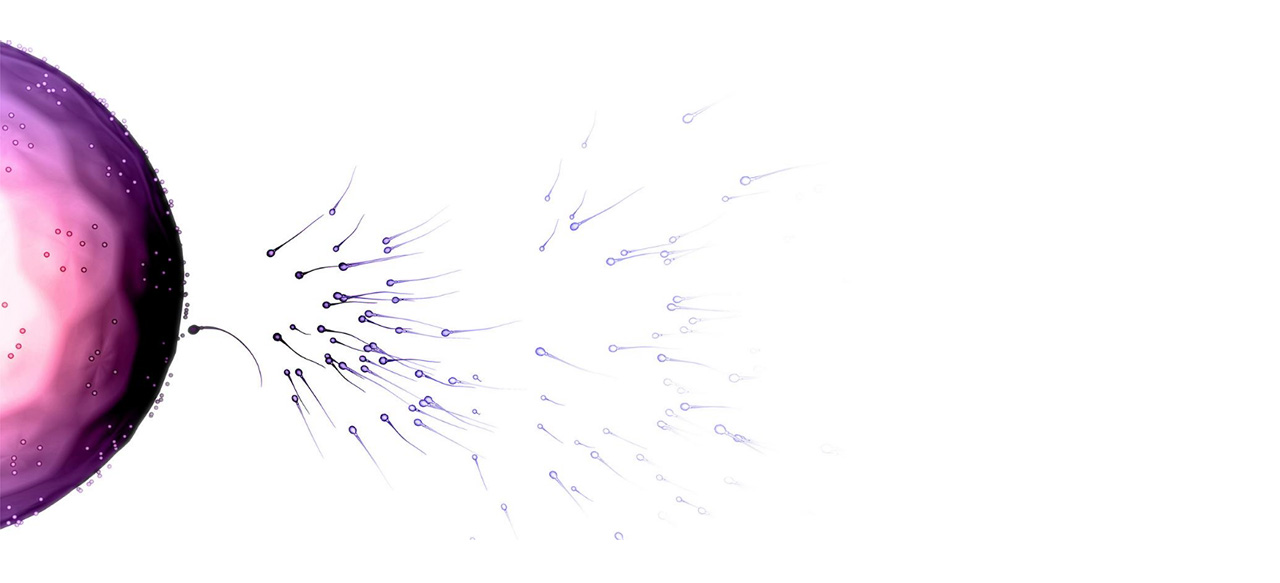From exome analysis in idiopathic azoospermia to the identification of a high-risk subgroup for occult Fanconi anemia.
Librarian's Comment : This is an original paper by Krausz et al suggesting new insights in the diagnostics of non-obstructive azoospermia (NOA), which in the vast majority of cases is stated as idiopathic, probably due to a not yet identified genetic defect. In about 10% of patients with Fanconi anemia (FA), the diagnosis may be delayed until adulthood, when it is often suggested by typical FA-related cancers ("occult" or "Late-onset" FA). The study by Krausz et al, reports for the first time, the diagnosis of "occult" FA in the context of genetic analyses of NOA patients. In particular, a subset of patients with NOA and histology of SCOS plus suggestive hematological parameters (borderline/low number of platelets, relatively high MCV) might be further evaluated, in order to rule out "occult" FA, providing a timely diagnosis before the appearance of a FA related malignancy.Published in : Genetics in medicine : official journal of the American College of Medical Genetics
Authors : Krausz C, Riera-Escamilla A, Chianese C, Moreno-Mendoza D, Ars E, Rajmil O, Pujol R, Bogliolo M, Blanco I, Rodríguez I, Badell I, Ruiz-Castañé E, Surrallés J
Abstract : PURPOSE: In about 10% of patients affected by Fanconi anemia (FA) the diagnosis is delayed until adulthood, and the presenting symptom in these "occult" FA cases is often a solid cancer and cancer treatment-related toxicity. Highly predictive clinical parameter(s) for diagnosing such an adult-onset cases are missing. METHODS: (1) Exome sequencing (ES), (2) Sanger sequencing of FANCA, (3) diepoxybutane (DEB)-induced chromosome breakage test. RESULTS: ES identified a pathogenic homozygous FANCA variant in a patient affected by Sertoli cell-only syndrome (SCOS) and in his azoospermic brother. Although they had no overt anemia, chromosomal breakage test revealed a reverse somatic mosaicism in the former and a typical FA picture in the latter. In 27 selected SCOS cases, 1 additional patient showing compound heterozygous pathogenic FANCA variants was identified with positive chromosomal breakage test. CONCLUSION: We report an extraordinarily high frequency of FA in a specific subgroup of azoospermic patients (7.1%). The screening for FANCA pathogenic variants in such patients has the potential to identify undiagnosed FA before the appearance of other severe clinical manifestations of the disease. The definition of this high-risk group for "occult" FA, based on specific testis phenotype with mild/borderline hematological alterations, is of unforeseen clinical relevance.









